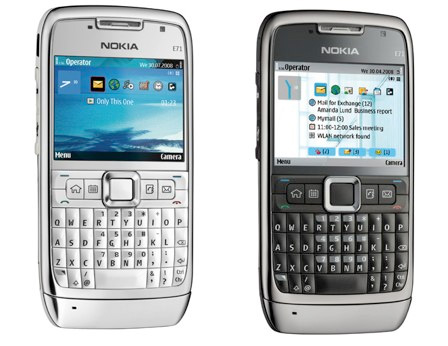Meet The iPhone Terminator: The World’s Best Mobile Phone
Today we provide a soup-to-nuts tutorial for getting every last piece of functionality out of the world’s best cellphone. It’s also the best Mac companion and the perfect Asterisk PBX extension.



